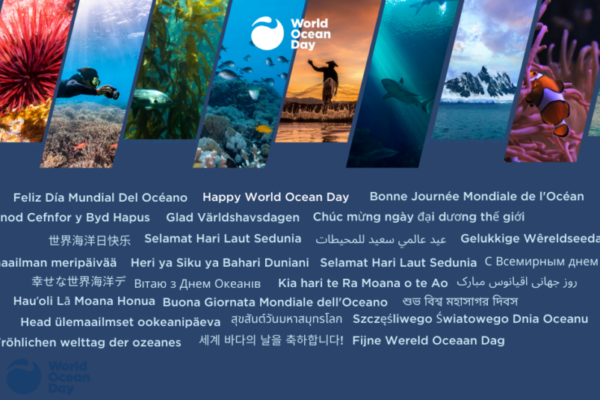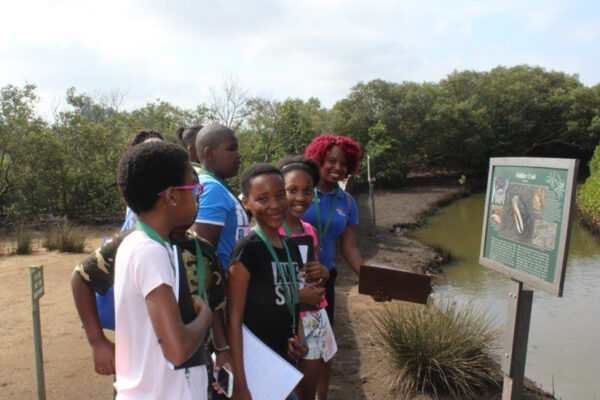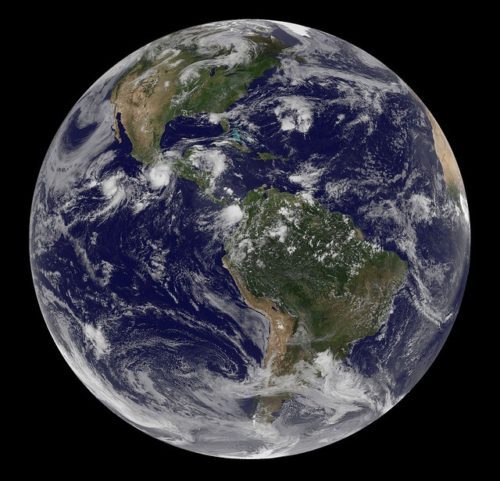This guest post, by VP of Education Debbi Stone at Florida Aquarium, is the second in a 3-part series on their Innovative Solutions Grants+ project. The Aquarium’s project asks “Can we gain valuable insights about how to engage an underrepresented audience by working together to design the approach?” Click here to read the previous post in this series.
What We Set Out to Accomplish
The key components of the project so far have included:
- Work with DeSoto Elementary School’s teachers to plan the best way to design, schedule, and complete the project over the school year
- Provide the necessary materials and resources to complete projects
- Engage approximately 200 students in grades K-5 to identify ocean issues and actions that are relevant and meaningful to THEM
- Help students and teachers create an idea for a conservation ask
- Share these ideas back with the community and Aquarium visitors
- Choose one or more of the student-designed asks for staff to refine test over the summer with Aquarium visitors
Working with the students was rewarding, and has included visits to the school as well as field trips to the Aquarium. To begin, we reviewed the age-level requirements from the school district and structured our content and activities to align with what the students were already scheduled to learn at key points in the year. This allowed teachers to include this project seamlessly into their classrooms, which was essential, as we had heard from them that it is often challenging to “add something new” or otherwise modify their plans for the year.
What Are the Outcomes…So Far?
The benefits of the partnership to date have been numerous. The teachers were excited to receive science and environmental education support from Florida Aquarium staff, and the project brought resources to the school that would not otherwise have been possible. From science supplies to consumables, books to posters, the students and teachers were delighted to have access to science materials in both English and Spanish. From the Aquarium’s perspective, it was rewarding to experience the enthusiasm of the school community as they utilized the materials throughout the year while completing their projects. It was also fascinating to hear about topics of interest to the students, as those they selected were diverse and included focus areas such as watersheds, sustainable seafood, “keeping wild areas wild” (responsible wildlife viewing and interaction), pollution, and opting for reusable bags over paper or plastic.
An initial challenge was the way in which the concept of advancing conservation through an “ask” or call to action was new to all grade levels. Students were already comfortable with learning the science content and environmental information, yet the next level of how they might use that knowledge to help inspire others was a new venture. Aquarium staff worked diligently with the teachers and students to help them move from “building knowledge of a watershed,” for example, to what a call to action for “helping to conserve a watershed” might be. A great deal more time than expected was spent on this, yet we knew from The Ocean Project’s research that it was needed. From our perspective, we now recognize that “diving into a discussion of a call to action” is likely a greater leap for most than we had realized. This helps us to rethink our strategies in working with our partners, as many of them may be unfamiliar with the application of knowledge as a means of moving an audience to the next level of engagement.
An a-ha moment came with the recognition that the students and families involved had similar interests to what we tend to discover with other audiences. Notably, we found that the connection to wildlife and the animals was as important to the Hispanic families from DeSoto as it is for other audiences with whom we work. So a key learning point from this project is that the key to our success may be less about changing or translating our message and more about rethinking our methods. Traditional marketing approaches may fall short, yet working with specific schools can be a successful model. And through this project, we connected with a representative from the Mayor of Tampa’s Hispanic Heritage Council, and she has eagerly agreed to work with us on those methods for better engaging the Hispanic community.
The initial phase of our project culminated in a win-win for all involved - Family Day at the Aquarium on May 9th, 2015. The students and their families were proud to act as experts, sharing what they had learned with our diverse visitors, while also encouraging them to consider the calls to action, the ways visitors could help with some simple behavior changes in their own lives. The content was enjoyable to our visitors, who clearly enjoyed engaging with the students, and both the students and our visitors likely learned a great deal in the process.
The “asks” they presented included choices around the issues of paper/plastic/reusable bags, organic versus non-organic food, pets/exotics, litter and debris, ocean-friendly seafood, and more. And the approaches to these asks were creative and fun, from making art with “trash” rather than adding it to landfills, keeping a personally-decorated bag in one’s car to collect roadside litter, to becoming a better wildlife photographer rather than striving to “touch” or interact with wildlife. While the asks were not specifically targeted to Hispanic audiences (Family Day was held on a Saturday that reflected our typical diversity of audiences), the recognition previously cited that the student’s interests and enthusiasm mirrored other audiences likely contributed to their asks resonating well with our daily visitors.
How Are We Moving Forward?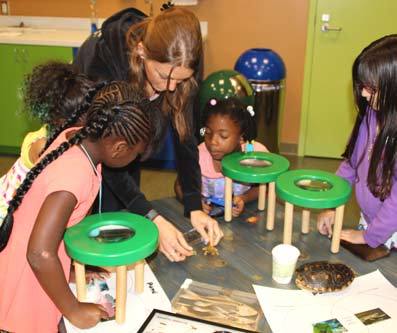
At this stage of the project, we are working on adding some “professional polish” to one of the student-designed calls to action so that we can continue to use it on a regular basis with Aquarium visitors.
While we had anticipated going with a unique or otherwise unexpected “ask,” the one that seemed to resonate most with our visitors was the reusable bag call to action as a way to help the animals and address the problem of marine debris. The information presented by the students on this topic seemed to generate the most conversations, the highest number of “surprised” responses (“I never knew that…”), and also the one that visitors felt could be easily accomplished by all ages and backgrounds, yet also make a huge impact. We are now working on strategies to help illuminate the impact of choosing of a reusable bag over a disposable one, including more animal “stories” beyond the problem of accidental ingestion. We also need to develop an evaluation plan, as the students were not able to include that in their ideas.
We had already incorporated a reusable bag message into our pathway, doing so even before this project to a sporadic degree, so our work now includes a more formal and organized approach that also includes visitor follow-up. The follow-up component challenges us in this project, as it has with others, as we’ve found that our visitors can be hesitant to provide contact information, but we will look to the successes and lessons learned from the recent “Better Bag Challenge,” and continue to make headway on strategies that incentivize follow-up with our audiences, including our Hispanic audiences.
We also plan to gather with the teachers again this fall, as almost all of them are returning to the same school, to discuss the elements of the project that are likely to have the most long-term impact on the school and its students. We will also share with the entire school how their work with us this past year will have long-term impact! Furthermore, we intend to expand our efforts to better reach the Hispanic community by identifying key engagement contacts and organizations, such as the aforementioned Mayor’s Hispanic Heritage Council.
In our next blog, we will share information about our continued efforts to motivate our visitors to opt for reusable bags over disposable paper or plastic bags. We will also address our successes and challenges in following up with our visitors after we engage them with this call to action. Are they doing it? And how do we know?
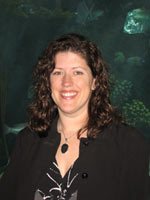 About the Author
About the Author
Debbi is VP of Education at the Florida Aquarium and has been challenging herself and others to move beyond information… and onto action! She enjoys living in harmony with all things furry, scaly, feathery, and slimy, whether on land or under the water. She is always eager to work with The Ocean Project and its partners and considerations collaborations key to making a positive difference in the world.


